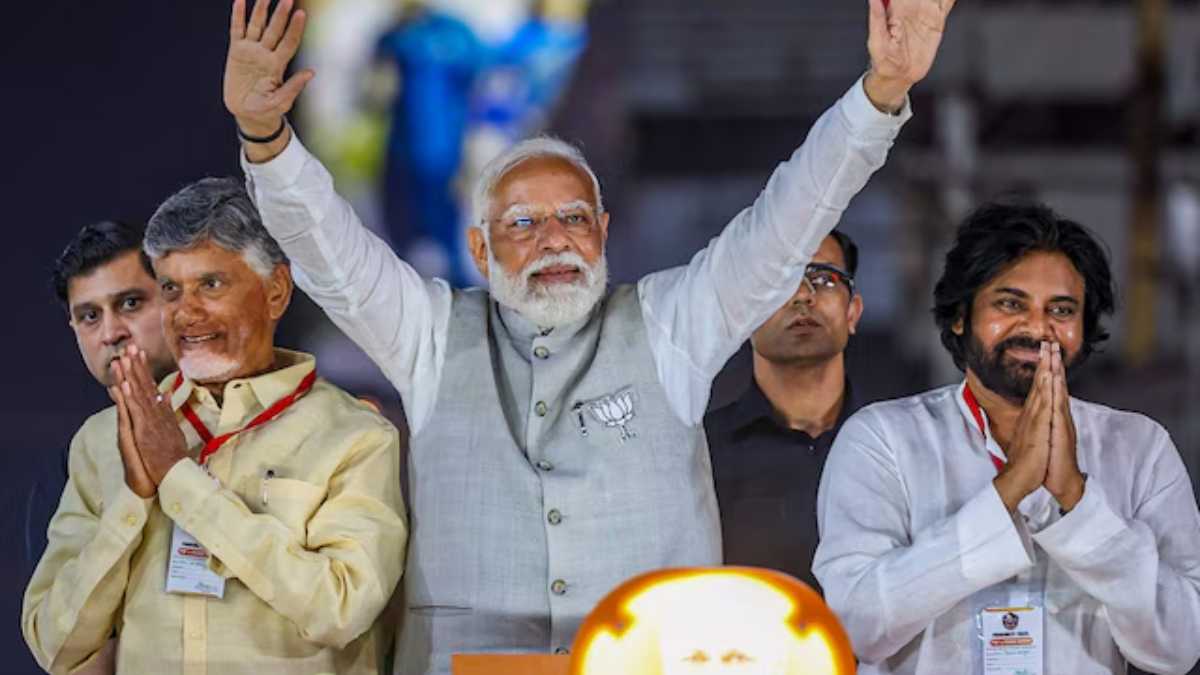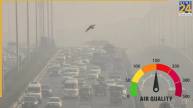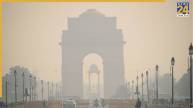In the recent Lok Sabha election, the NDA won 292 seats out of 543, exceeding the majority mark by 20. However, the BJP, with 240 seats, did not achieve a majority on its own, a significant difference from its strong showings in 2014 and 2019. Upon reviewing the final vote counts and the party’s performance in closely contested races, it appears that an extra 609,639 votes spread across 32 seats could have ensured a majority for the BJP.
In Chandigarh, the BJP lost by a narrow margin of 2,504 votes, and in Hamirpur, Uttar Pradesh, the gap was just 2,629 votes. Similar close defeats were observed in other constituencies such as Salempur, Uttar Pradesh (3,573 votes), Dhule, Maharashtra (3,831 votes), and Dhaurahra, Uttar Pradesh (4,449 votes). There were also seats where the margins were higher than those in Chandigarh and Dhule but were still quite narrow in the broader context, like South Goa (13,535 votes), Thirupathi, Andhra Pradesh (14,569 votes), and Thiruvananthapuram, Kerala (16,077 votes).
Among these narrow losses, the constituencies with the highest margins were Fatehpur, Uttar Pradesh (33,199 votes), and Kheri, Uttar Pradesh (34,329 votes). Looking ahead to future elections, these are seats where the BJP will likely focus on converting narrow defeats into victories.
| S.NO | CONSTITUENCY | STATE | MARGIN |
| 1 | Chandigarh | Chandigarh | 2,504 |
| 2 | Hamirpur | Uttar Pradesh | 2,629 |
| 3 | Salempur | Uttar Pradesh | 3,573 |
| 4 | Dhule | Maharashtra | 3,831 |
| 5 | Dhaurahra | Uttar Pradesh | 4,449 |
| 6 | Daman & Diu | DNHDD | 6,225 |
| 7 | Arambagh | West Bengal | 6,399 |
| 8 | Beed | Maharashtra | 6,553 |
| 9 | South Goa | Goa | 13,535 |
| 10 | Thirupathi | Andhra Pradesh | 14,569 |
| 11 | Aonla | Uttar Pradesh | 15,969 |
| 12 | Thiruvananthapuram | Kerala | 16,077 |
| 13 | Mumbai North Central | Maharashtra | 16,514 |
| 14 | Jhunjhunu | Rajasthan | 18,235 |
| 15 | Sasaram | Bihar | 19,157 |
| 16 | Amravati | Maharashtra | 19,731 |
| 17 | Ludhiana | Punjab | 20,942 |
| 18 | Chandauli | Uttar Pradesh | 21,565 |
| 19 | Sonipat | Haryana | 21,816 |
| 20 | Dumka | Jharkhand | 22,527 |
| 21 | Muzaffarnagar | Uttar Pradesh | 24,672 |
| 22 | Davanagere | Karnataka | 26,094 |
| 23 | Medinipur | West Bengal | 27,191 |
| 24 | Gulbarga | Karnataka | 27,205 |
| 25 | Etah | Uttar Pradesh | 28,052 |
| 26 | Ahmednagar | Maharashtra | 28,929 |
| 27 | Mumbai North East | Maharashtra | 29,861 |
| 28 | Buxar | Bihar | 30,091 |
| 29 | Banaskantha | Gujarat | 30,406 |
| 30 | Bankura | West Bengal | 32,778 |
| 31 | Fatehpur | Uttar Pradesh | 33,199 |
| 32 | Kheri | Uttar Pradesh | 34,329 |
| TOTAL | 6,09,639 |
Overall, the BJP experienced a 21% decrease in its seat share, while the Congress saw a significant 90% increase. It’s noteworthy that the BJP contested on 441 seats this time, whereas the Congress fielded candidates in 328 seats.
Also Read: Political Turmoil In Maharashtra: 18-19 MLAs Poised To Change Parties, Will The NDA Government Fail?
Further analysis reveals that out of the 168 seats where the BJP fielded incumbent MPs, the party won 111, which accounts for 66% of those seats. In contrast, in the 132 seats where sitting MPs were replaced, the BJP won 95 seats, representing 72% of the total. This suggests that the party successfully managed to mitigate anti-incumbency in some constituencies by changing its candidates.
However, falling short of the majority mark in Parliament means that the BJP may now depend on the support of unpredictable allies such as Nitish Kumar and Chandrababu Naidu.
Also Read: 17 Non-NDA, Non-INDIA Candidates Who Won In Lok Sabha Elections 2024: Who Are They?













